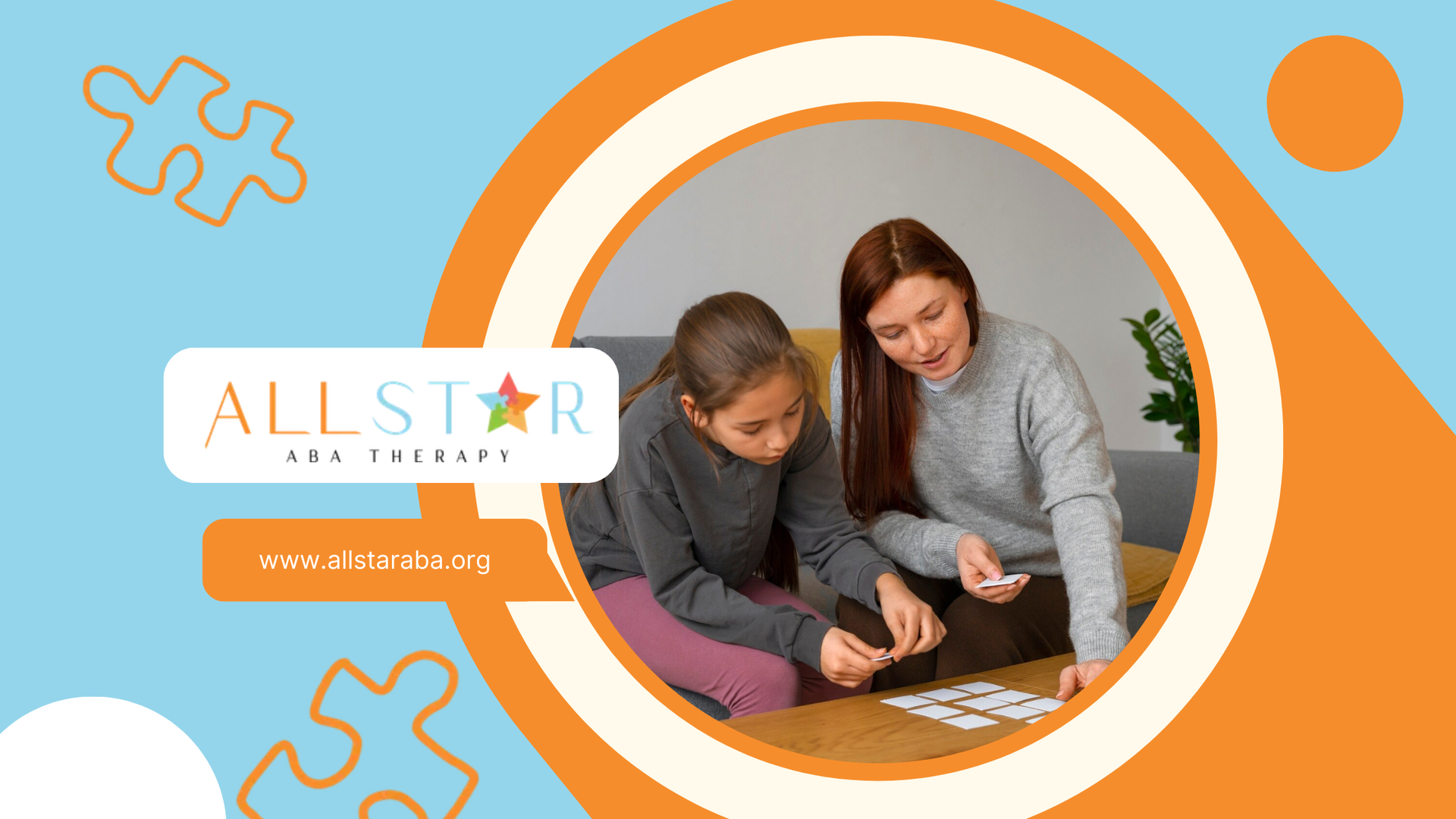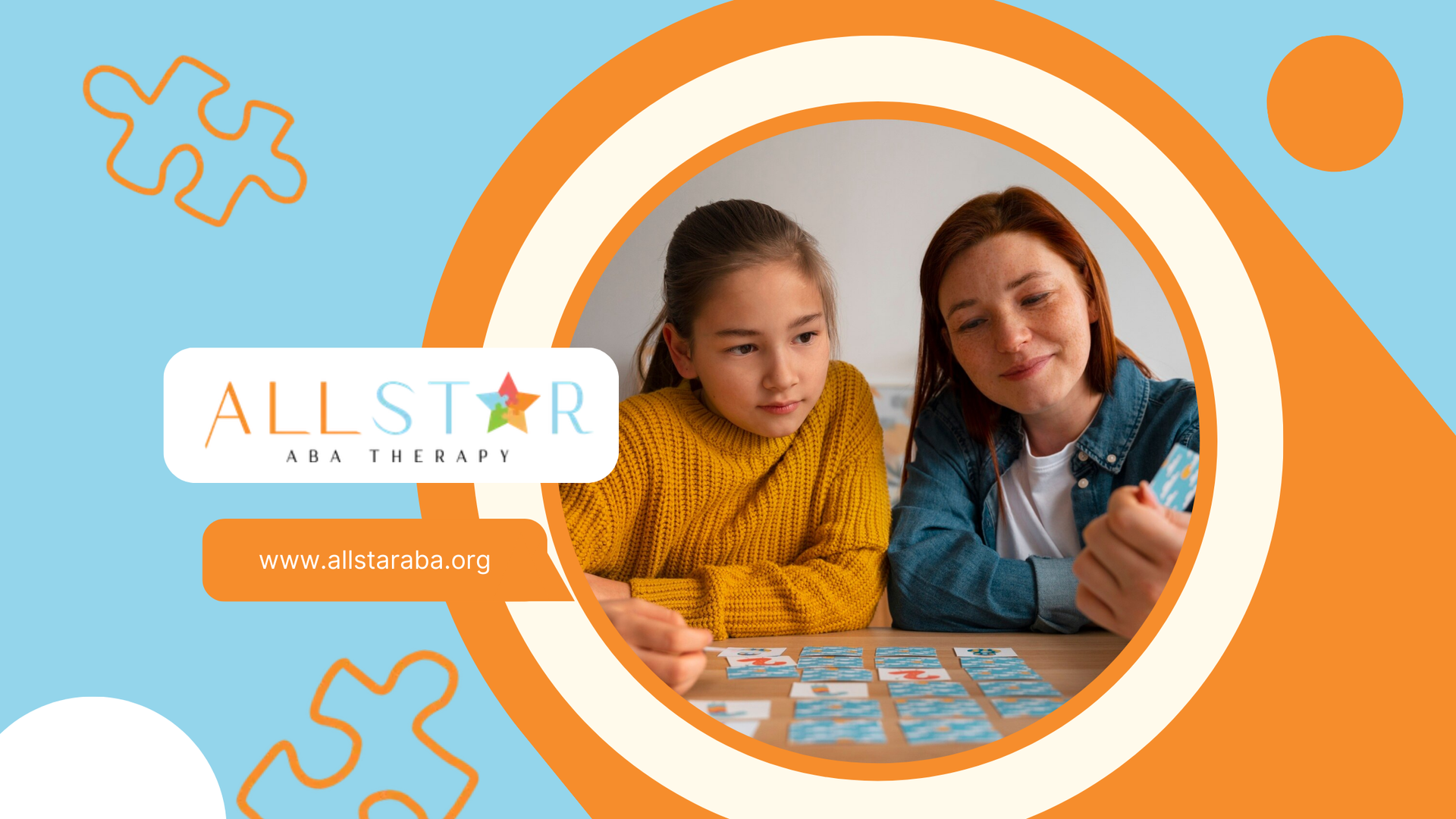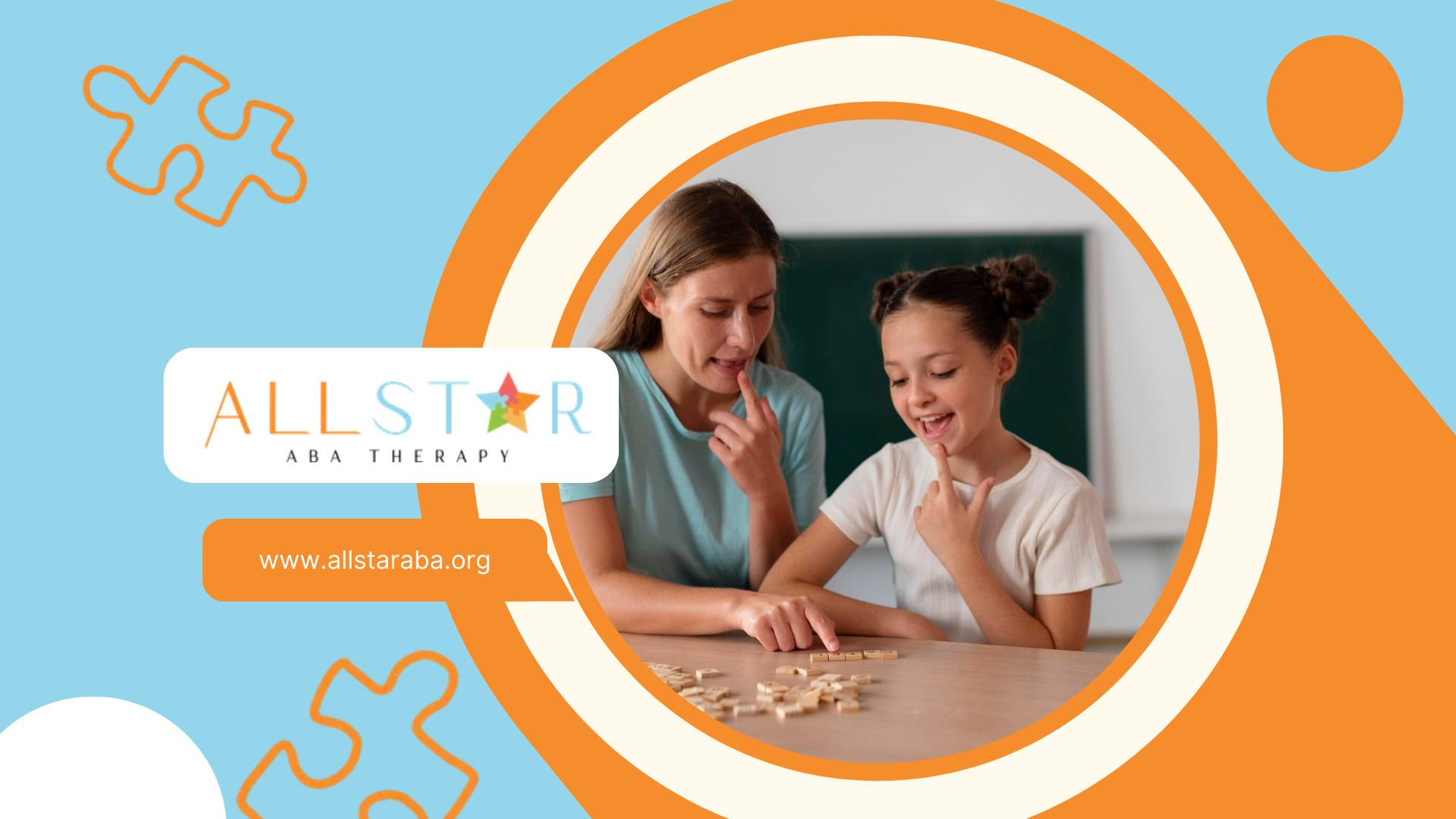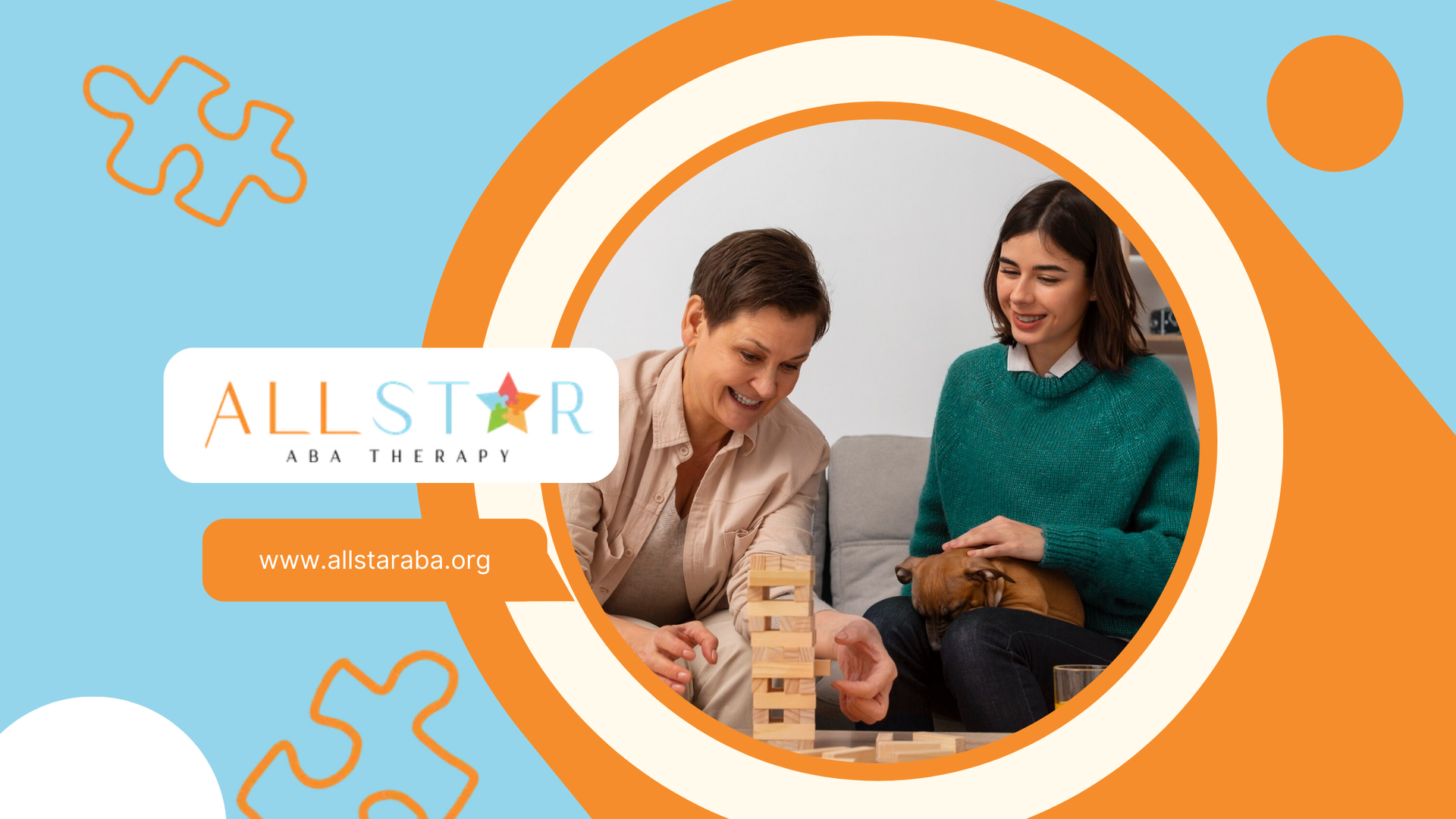New Paragraph
Do Autistic Toddlers Enjoy Being Chased?
Navigating playtime with an autistic toddler can be quite an adventure. Chasing games is common in childhood, but it's important to understand that autistic children see the world in various ways. Autism spectrum disorder often means they may have sensory sensitivities and face challenges in social interactions and communication, like making eye contact. Because of this, their enjoyment of being chased can be very different from that of other kids.
Understanding Autism in Toddlers
Autism spectrum disorder (ASD) includes many different developmental traits. These traits affect how people communicate, process sensory information, and behave. Each child shows these traits in their way. This makes it very important to understand and support them as individuals.
For toddlers with autism, play is a key way to learn and grow, even if their play looks different from that of other children. Parents, caregivers, and neighbors should recognize and adjust to the unique needs and preferences of autistic toddlers. This is vital for creating positive play experiences that focus on their strengths and challenges.
Recognizing Sensory Sensitivities
Sensory sensitivities are an important part of autism spectrum disorder. They affect how autistic toddlers play, especially in physical games like chasing. Some children enjoy the sensory input from a chase, but others find it too much.
The quick movements, touch, and extra sounds and sights in chasing games can lead to sensory overload for some toddlers. This may make them feel anxious or uncomfortable instead of having fun when being chased.
So, it's important to understand each child’s sensory needs. Parents and caregivers should watch for signs of discomfort or sensory overload. These can include covering ears, making noises, or trying to leave the game.
Identifying Signs of Enjoyment in Play
Recognizing if an autistic toddler likes being chased is more than just watching their immediate response. It needs a better understanding of how they show enjoyment. Some signs may look like those in other children, but others could be more subtle.
For instance, if a toddler makes more eye contact during chasing, it can show they are enjoying the game, much like playing peek-a-boo. This is especially true for kids, who usually find eye contact difficult. Other clear signs of happy social interactions during play are laughter, smiles, and being very engaged with the person chasing them.
Also, if a toddler starts chasing games or wants a parent or caregiver to chase them, it shows they really want that kind of play. This highlights that they find joy in it.
The Dynamics of Chasing Games with Autistic Toddlers
Chasing games with autistic toddlers is not just a fun activity. They include many sensory experiences, social cues, and personal choices. Parents and caregivers should join in these games with care and understanding. What seems like a simple game can be very different for an autistic child.
Many things can affect how much a child enjoys these games. Predictability matters, along with turn-taking and motor skills. Knowing these details is important for creating happy and helpful play times.
Why Some Autistic Toddlers May Enjoy Being Chased
For some autistic toddlers, the fun of being chased might come from how their sensory sensitivities work with the activity. They may enjoy the feeling of running, the steady back-and-forth movement, or the sounds that happen during the chase. These elements can match their sensory likes.
Combining special interests with chasing games can also make it more fun. For example, if a child loves toy cars, you can include them in the game. Pretending to be chased by a toy car can make the game even more exciting for the child.
Using social stories can help autistic toddlers get ready for chasing games. These stories give a visual way to see what will happen, which helps them feel more at ease. Knowing the steps in the chase can make it feel less surprising and more fun.
The Importance of Observing Individual Reactions
Observing how kids on the autism spectrum react during chasing games is very important. What brings joy to one child could cause anxiety for another.
Parents and caregivers should pay attention to both what the child says and their body language. Signs that a child may be struggling can include crying or not making eye contact. They may also try to step away from the game.
It is very important to notice and respect these signs. This can help in making the game softer, allowing breaks, or even changing to a different activity completely.
Benefits of Chasing Games for Autistic Toddlers
Chasing games can be very beneficial for autistic toddlers. They help with physical skills and emotional growth. When kids run and play these games, they learn important skills for interacting with the world around them.
Playing chasing games improves gross motor skills, coordination, and spatial awareness. These games also allow for social interaction and better communication. They help children learn to manage their emotions too. All of these things are very important for healthy growth, especially for kids on the autism spectrum.
Enhancing Motor Skills Through Play
For autistic toddlers, building motor skills is very important. This is just as important as it is for kids who are not autistic. Motor skills include both fine and gross movements. They help with many everyday tasks. Playing games like chasing can be a fun way to improve these skills.
When a child runs, changes direction quickly, or goes around obstacles, it helps develop gross motor skills, balance, and coordination. These activities can help kids with developmental disorders who might have delays or issues with motor skills.
Additionally, chasing games can work well with formal help like occupational therapy. By adding fun movements to their daily routine, parents and caregivers can help their children grow in their motor skills in an enjoyable way.
Promoting Social Interaction and Bonding
Chasing games may seem like just physical play, but they are great for helping autistic toddlers connect with their caregivers. When kids play these games, they laugh and enjoy close moments together. This creates a special chance for connection and communication.
For children who find social interactions hard, chasing games offers structure. This structure makes the experience feel less scary than playing in unpredictable settings. It gives them a safe place to work on their communication skills, like starting play, sharing turns, and understanding signals. This helps them get better at talking to others.
Additionally, the fun and laughter from chasing games build a strong bond between the child and the caregiver. These happy moments support the child's emotional well-being. They help establish trust and security, which are important even beyond playtime.
Strategies for Parents and Caregivers
Understanding how to help an autistic toddler enjoy chasing games means using strategies that honor their individuality. You should approach play with flexibility and be ready to change based on their unique needs.
It's essential to create a safe and supportive play space. You also need to think about sensory needs. Remember, letting your child have some control during play can be just as important as having organized activities.
Creating a Safe Environment for Chasing Games
Before starting any active play, it is important to create a safe area for autistic toddlers. This is especially true for those who tend to elope or act impulsively. You should think about the dangers in the play area and take steps to reduce them.
Start by removing obstacles, securing any furniture that can be tipped, and making sure the flooring is safe. Parents and caregivers must pay attention to possible dangers around the play area, like stairs or doors. It's wise to block those areas off.
Having a clear emergency plan is also very important. This means knowing what to do if a child wanders off, having a safe spot for them to return to, and making sure all caregivers know who to call in an emergency.
Alternative Activities for Toddlers Who Prefer Not to Be Chased
For autistic toddlers who do not enjoy being chased, it is important to find other fun activities. These activities should match their interests and sensory needs. They should also similarly help in their development.
Using their special interests in play can help keep them engaged. If a child likes building, making an obstacle course out of blocks or cushions lets them work on their motor skills and understanding of space in a new way. Similarly, sensory play with items like playdough, water, or sand lets them explore different textures and can help them relax.
Always remember, that the goal is to make playtime fun and useful for the child. By understanding their unique preferences, parents and caregivers can create a great play experience that helps with their overall development.
Conclusion
In summary, it's important to understand and support autistic toddlers when they play. Playing chase games can help them improve their motor skills and make friends. Parents and caregivers should watch how each child reacts and create a safe place for them to play. It's key to see and accept the special needs of every child. This way, they can feel secure and supported in their play. By making an open and caring environment, we can help autistic toddlers grow and have fun during playtime.
As a leading ABA provider in Maryland, All Star ABA is dedicated to supporting families affected by autism spectrum disorders. Our experienced team of behavior analysts offers personalized treatment plans tailored to each individual's unique needs. We understand the complex behaviors and preferences of autistic toddlers, including their responses to being chased. Choose All Star ABA for compassionate, evidence-based care that empowers autistic children to thrive and develop to their full potential.
Frequently Asked Questions
What are some signs that my autistic toddler enjoys being chased?
Signs that an autistic toddler is enjoying a chase can be seen in a few ways. They may laugh or make more eye contact during the game. They might also engage actively with the person chasing them. Additionally, they may show excitement by starting the chase themselves.
How can I ensure safety while playing chasing games?
To keep kids safe, watch them closely while they play. Make sure the area is safe and free of dangers. Set clear limits for where they can go. Also, have an emergency plan ready in case a child runs off.
Are there specific benefits of chasing games for autistic toddlers?
Chasing games can help autistic toddlers in many ways. They can improve motor skills. These games also encourage social interaction and communication. Additionally, chasing games provides a way for toddlers to manage their emotions better.
Need Support?
We're Here to Help!
Our experienced team is ready to assist you. Reach out today to discuss how we can support your child's development and well-being.
Get started with expert ABA therapy today.








